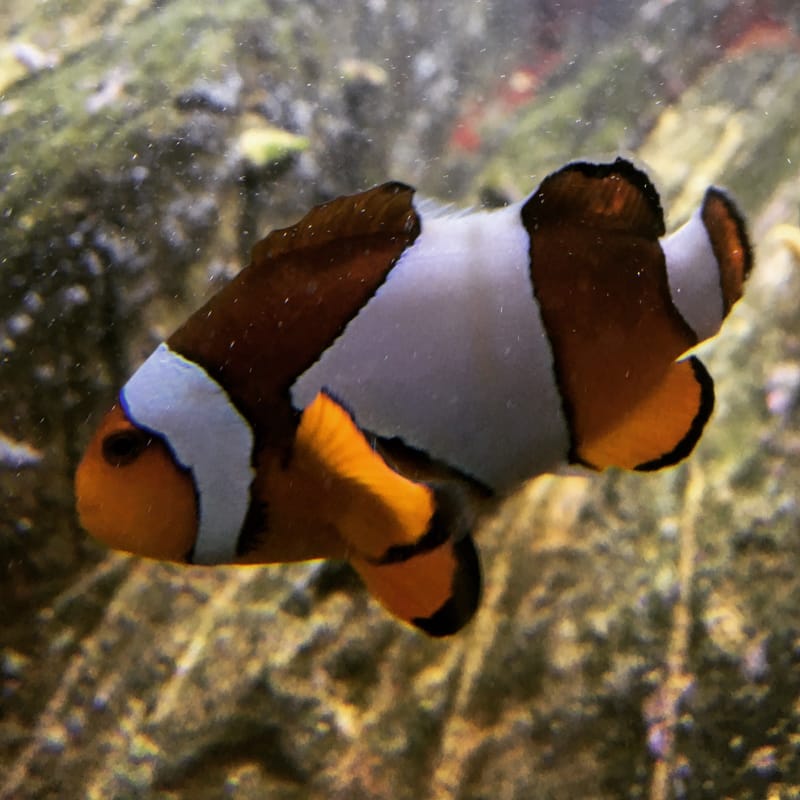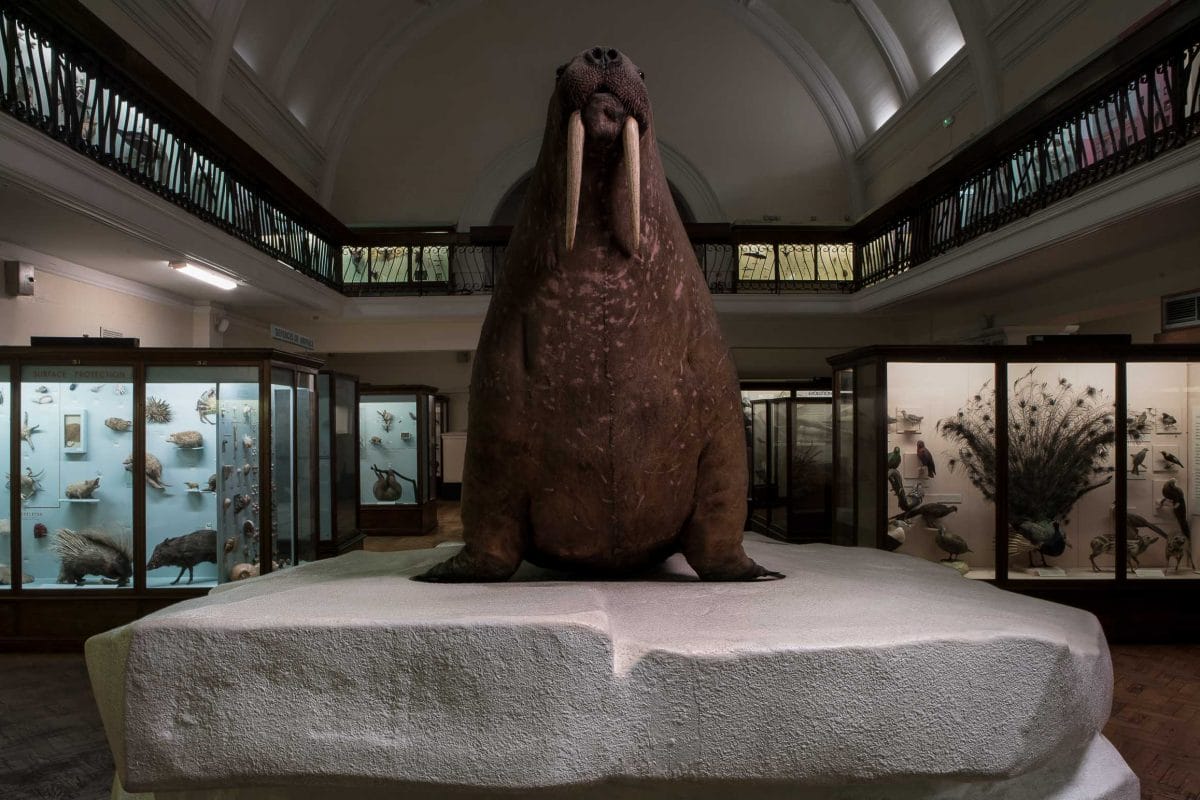Sometimes observations may be omitted on purpose, especially historically. But other times scientists may not have even been looking for same-sex behaviour, perhaps through a bias of not seeing it as possible, or not deeming it worth highlighting if it doesn’t seem to be about procreating.
However, there are lots of examples in the natural world that show us that sex and gender are not set in stone in the animal kingdom – and neither is reproduction.
Coral
Coral can reproduce sexually or asexually. Sexually, a coral produces the equivalent of an egg, sperm, or both simultaneously. Asexually polyps bud off and make new corals.
Coral reproduction can also be stimulated manually, by manipulating the conditions of the coral. This is a huge part of our Project Coral work at the Horniman.

Seahorses
You might already know that male seahorses carry and give birth to their offspring. But it’s not that they just hold the eggs, the embryos embed in the soft tissue and the male provides them with nutrients and regulates oxygen and carbon dioxide.
It’s almost like placental pregnancy in mammals – but with seahorses there are up to a thousand babies!
Clownfish
Fish in general are some of the most interesting animals when it comes to helping us reimagine the binary way we think of gender.
Take the clownfish, for instance. All clownfish are born male. In a group, living amongst the anemones, the dominant fish is female, and the rest remain male.
If the female fish dies, the largest male fish will become a female to take her spot, and then that fish can mate with the second largest male.
Research by neuroscientist Justin Rhodes of the University of Illinois demonstrates that this sex change begins in the brain. The fish behaves female and are recognized as female, but it takes a while for their biological sex to catch up.


Mammals
Same-sex behaviours are also portrayed across many mammals.
Some rams only like other rams and aren’t interested in sheep at all. Bonobos, the closest relative to humans, mate in any gender combination, and not for reproduction. Even walruses! Males don’t start mating or hanging out with females until they reach sexual maturity at the age of four, and homosexual behaviour is regularly exhibited in all male packs.

Observer bias
Take the penguin for example. This is a famous example of same-sex mating pairs observed at zoos and aquariums around the world. Male penguins Roy and Silo who lived at Central Park Zoo in New York became a sort of symbol for gay relationships in the 1990s.
But it’s not entirely accurate to say that penguins are gay or straight, as these terms aren’t really applicable to the animal world.
In general, same-sex mating and courtship behaviour is very underreported, especially in the wild. This is because, even though animals don’t have biases against same-sex pairings, they don’t have the concept of what is ‘normative’ or not – humans do.
Humans are the ones with biases, and scientists are human too! As early as the 1910s, same-sex behaviour, and a lot of other non-procreative sexual behaviours, were documented by a scientist on an expedition to Antarctica. The findings were deemed unsuitable to publish.
These biases of researchers and scientists have shaped our understanding of what is expected when it comes to mating and reproduction, but research also reveals how diverse the animal kingdom is.
In the natural world, gender and sexual behaviour is incredibly varied, sometimes fluid, and often goes beyond binary boxes of understanding.
With thanks to Effie Ralli for her help in creating this post.
Lead image: Eric Danley CC BY 2.0 via Flickr


